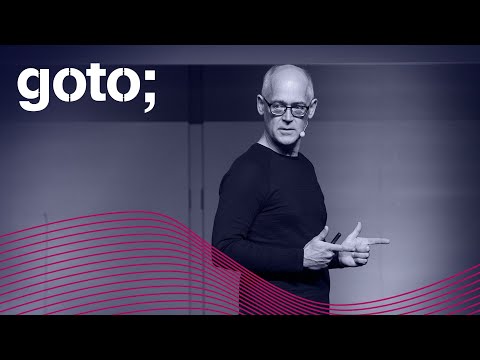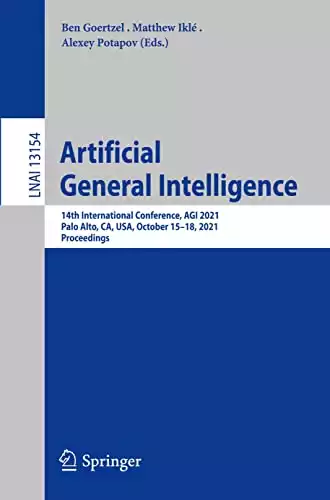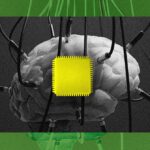Introduction
It’s been decades since computer scientist John McCarthy first coined the term Artificial Intelligence (AI). The broad definition of AI is “the science and engineering of making intelligent machines, especially intelligent computer programs.” Over the years, we’ve seen tremendous advancements in machine learning techniques that have enabled computers to become smarter in understanding our world.
From personalized shopping recommendations on Amazon to Apple’s digital assistant Siri, AI has revolutionized many aspects of our lives. However, these examples are still far from what we typically consider “intelligent.” They require constant human input and can only understand very specific scenarios.
This blog post will explore the next level of AI—artificial general intelligence, or AGI. So what exactly is AGI, and how might it change our world? Read on to find out.
Also Read: What is Deep Learning? Is it the Same as AI?
What is Artificial General Intelligence (AGI)?
First things first, let’s define AGI. To put it simply, AGI is the same as human intelligence. It’s the ability of a machine to think and understand like a human. Picture the human brain as a black box, where the inputs are the knowledge and experiences we accumulate over our lifetime. Our brains then use this information to make decisions or solve problems in any given scenario.
Ideally, an AGI system would be able to reason, plan, understand language, and make complex inferences, just like a human. It doesn’t need to be pre-programmed ahead of time to perform a specific task—it can learn and adapt to new situations on its own. This is in contrast to narrow intelligence, which can only perform a set number of tasks, such as playing chess or recognizing faces in photos.
Even more complex systems like self-driving cars rely on narrow AI to make sense of the world around them. While these systems are impressive, we’re still far from achieving truly intelligent machines that can handle any task or situation.
The Machine Intelligence Research Institute established various tests to evaluate the current level of AGI. These include:
Turing Test ($100,000 Loebner Prize interpretation): We all know the famous Turing Test, named after early computer scientist Alan Turing. The idea is simple. A machine must demonstrate natural language abilities are indistinguishable from a human being to pass the test. Each year, Hugh Loebner awards $100,000 to the developer of a machine that can pass his specific version of the test. However, as of yet, no system has been able to do so.
The Coffee Test: According to Goertzel, only when a robot can enroll in a college course, graduate with a degree, and still have free time to grab a cup of coffee will we know that they have achieved AGI.
The Employment Test: In a similar vein, researcher Nils Nilsson argues that human-level intelligence is only achieved when a machine can take care of economically important jobs. That is, it can be employed to perform tasks usually assigned to human workers.
Source: YouTube
Key Challenges of Reaching the General AI Stage
Before we can build human-level AI machines, there are some significant challenges we need to overcome. These include:
Issues in mastering human-like capabilities
Human-level intelligence is a complex process, and it’s not clear how to replicate all of the various aspects of human thinking. For example, an AGI will need to be able to think logically, but it may also need to have intuitive knowledge about objects and their properties. Human emotion, sensory perception, and motor skills are all critical parts of human intelligence that must be fully mastered.
Lack of working protocol
Unlike computer software, which we can develop according to a set of well-defined rules, AGI is still in the research stage. We don’t have any definite way of understanding human cognition or replicating it in machines. We’re still searching for a working protocol for achieving human-level intelligence.
The role of abstraction operators can help to bridge the gap between human and artificial cognitive mechanisms, but these are still being developed.
Also Read: How Will Artificial Intelligence Affect Policing and Law Enforcement?
Conclusion
Human intelligence is one-of-a-kind. No animal or machine even comes close to replicating the level of complexity that we see in the human brain. But there are many different approaches to AGI, some of which will likely lead us closer to achieving general artificial intelligence. Whether or not this is a good thing for humanity remains to be seen.
What do you think will be the future of AGI?
References
Fridman, Lex. “MIT AGI: Artificial General Intelligence.” YouTube, Video, 3 Feb. 2018, https://youtu.be/-GV_A9Js2nM. Accessed 7 Feb. 2023.
Lutkevich, Ben. “Artificial General Intelligence (AGI).” TechTarget, 19 Jan. 2023, https://www.techtarget.com/searchenterpriseai/definition/artificial-general-intelligence-AGI. Accessed 7 Feb. 2023.
Contributors to Wikimedia projects. “Artificial General Intelligence.” Wikipedia, 4 Feb. 2023, https://en.wikipedia.org/wiki/Artificial_general_intelligence. Accessed 7 Feb. 2023.
Berruti, Federico, et al. “An Executive Primer on Artificial General Intelligence.” McKinsey & Company, 29 Apr. 2020, https://www.mckinsey.com/capabilities/operations/our-insights/an-executive-primer-on-artificial-general-intelligence. Accessed 7 Feb. 2023.












